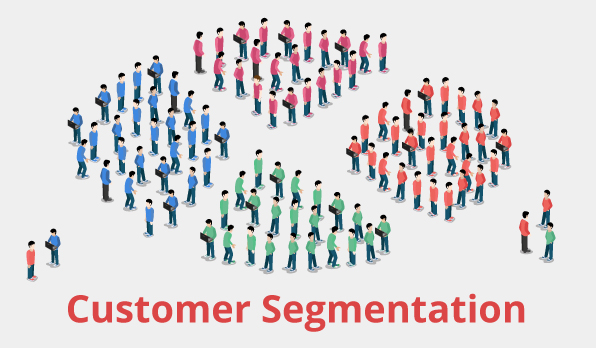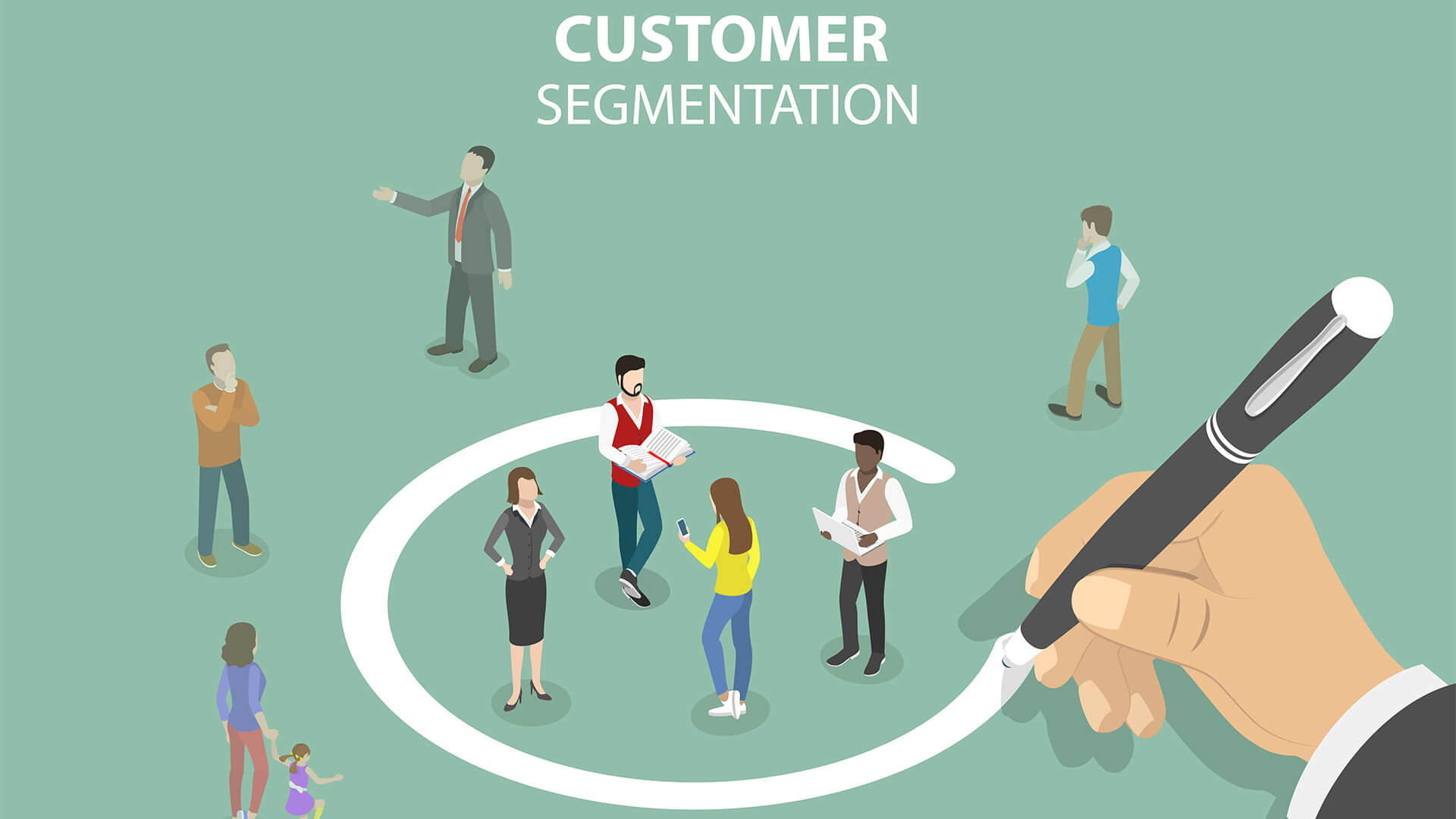In today’s fast-paced business landscape, understanding your customers has become more crucial than ever. The one-size-fits-all marketing approach is long gone, and companies are increasingly turning to customer segmentation analysis to tailor their strategies and offerings. In this article, we will delve into the world of customer segmentation analysis, exploring its importance, methodologies, and benefits.
What is Customer Segmentation Analysis?

Customer segmentation analysis involves dividing a company’s customer base into distinct groups based on shared characteristics. These characteristics could be demographic, behavioral, psychographic, or geographic. The goal is to create segments that reflect the diverse range of customers and their preferences.
Why is Segmentation Analysis Important?
Customer segmentation analysis holds the key to personalized marketing. By tailoring strategies to specific customer segments, businesses can deliver targeted messages that resonate more effectively. This approach not only enhances customer engagement but also improves the return on investment for marketing campaigns.
Key Steps in Conducting Audience Segmentation Analysis
1. Data Collection and Preparation
Before any analysis can take place, the first step is gathering relevant data. This could include demographic information, purchase history, online behavior, and more. Once collected, the data needs to be cleaned and organized for analysis.
2. Choosing the Right Segmentation Criteria
The criteria for segmentation will vary based on the business and its goals. It could involve factors like age, gender, buying frequency, interests, or location. Selecting the right criteria is essential for creating meaningful segments.
3. Segmentation Process and Tools
There are various tools and software available that can aid in the segmentation process. These tools utilize algorithms to group customers based on the chosen criteria. The resulting segments should be distinct, measurable, and accessible.
4. Analyzing and Validating Segments
Once the segments are created, they need to be analyzed to ensure they are actionable. Are the segments large enough to warrant separate marketing efforts? Are they truly distinct in terms of behavior? These questions need to be answered through careful analysis.
Types of Audience Segmentation
1. Demographic Segmentation
Demographic segmentation involves dividing customers based on quantifiable traits like age, gender, income, education, and more. This type of segmentation is often a starting point for businesses.
2. Behavioral Segmentation
Behavioral segmentation focuses on customer actions, such as purchase history, website visits, and engagement with marketing materials. It provides insights into what drives customer behavior.
3. Psychographic Segmentation
Psychographic segmentation dives into the psychological aspects of customers, including their values, interests, and lifestyle. This helps create more emotionally resonant marketing strategies.
4. Geographic Segmentation
Geographic segmentation divides customers based on their physical location. It’s particularly useful for businesses with location-specific offerings.
Benefits of Segmentation Analysis
1. Personalized Marketing Campaigns
Segmented groups allow businesses to create tailored marketing campaigns that speak directly to the desires and pain points of each segment.
2. Enhanced Customer Experiences
When customers receive offers and content that align with their preferences, it leads to a more satisfying and relevant experience.
3. Efficient Resource Allocation
By focusing resources on the segments with the highest potential value, companies can optimize their marketing budgets.
4. New Product Development
Segments can provide insights into unmet needs or gaps in the market, guiding the development of new products or services.
Challenges
1. Data Privacy and Ethics
Collecting and utilizing customer data comes with responsibilities. Businesses must prioritize data privacy and ethical considerations.
2. Overlooking Overlapping Segments
Segments can sometimes overlap, leading to confusion in marketing efforts. Careful analysis is required to avoid redundancy.
3. Evolving Customer Behavior
Customer behavior is not static. Segments may need adjustments over time to reflect changing preferences.
Strategies for Effective Segmentation Analysis
1. Real-time Data Utilization
Utilizing real-time data ensures that segments remain up-to-date and relevant to current customer behaviors.
2. Machine Learning and AI Integration
Advanced technologies like machine learning can identify patterns and relationships within data that might not be obvious through manual analysis.
Case Study: Retail Industry and Customer Segmentation
In the retail industry, customer segmentation has played a pivotal role in tailoring shopping experiences. By analyzing purchase patterns and preferences, retailers can offer personalized recommendations and promotions.
1. Analyzing Purchase Patterns
Customer data reveals insights into what products a segment frequently purchases, allowing retailers to suggest complementary items.
2. Tailoring Promotions
With segmentation, retailers can offer discounts and promotions that are likely to resonate with specific customer groups.
Future Trends
1. Hyper-Personalization
Advancements in data analytics will enable even deeper levels of personalization, leading to hyper-personalized marketing strategies.
2. Predictive Analytics
Predictive analytics will allow businesses to anticipate customer needs and behaviors, enabling proactive engagement.
Conclusion
Customer segmentation analysis has revolutionized the way businesses understand and engage with their customers. By embracing this approach, companies can create meaningful connections, drive customer satisfaction, and stay ahead in the competitive market.
Ready to revolutionize your business with customer segmentation? Request a demo from AIM Technologies and discover how our advanced solutions can empower your marketing efforts.
FAQs
What is the main goal of customer segmentation analysis?
- The main goal is to divide a customer base into distinct segments based on shared characteristics for targeted marketing.
Can customer segments overlap?
- Yes, customer segments can overlap, but careful analysis is needed to avoid redundancy in marketing efforts.
How does behavioral segmentation differ from demographic segmentation?
- Behavioral segmentation focuses on customer actions and behaviors, while demographic segmentation is based on quantifiable traits like age and gender.
What is hyper-personalization?
- Hyper-personalization refers to the use of advanced data analytics to create extremely tailored and individualized marketing strategies.
How can predictive analytics benefit businesses?
- Predictive analytics enables businesses to anticipate customer needs and behaviors, allowing for proactive and targeted engagement.




